The BOJ’s failure to act helped calm the Mining GFC further last night as it weakened the US dollar:
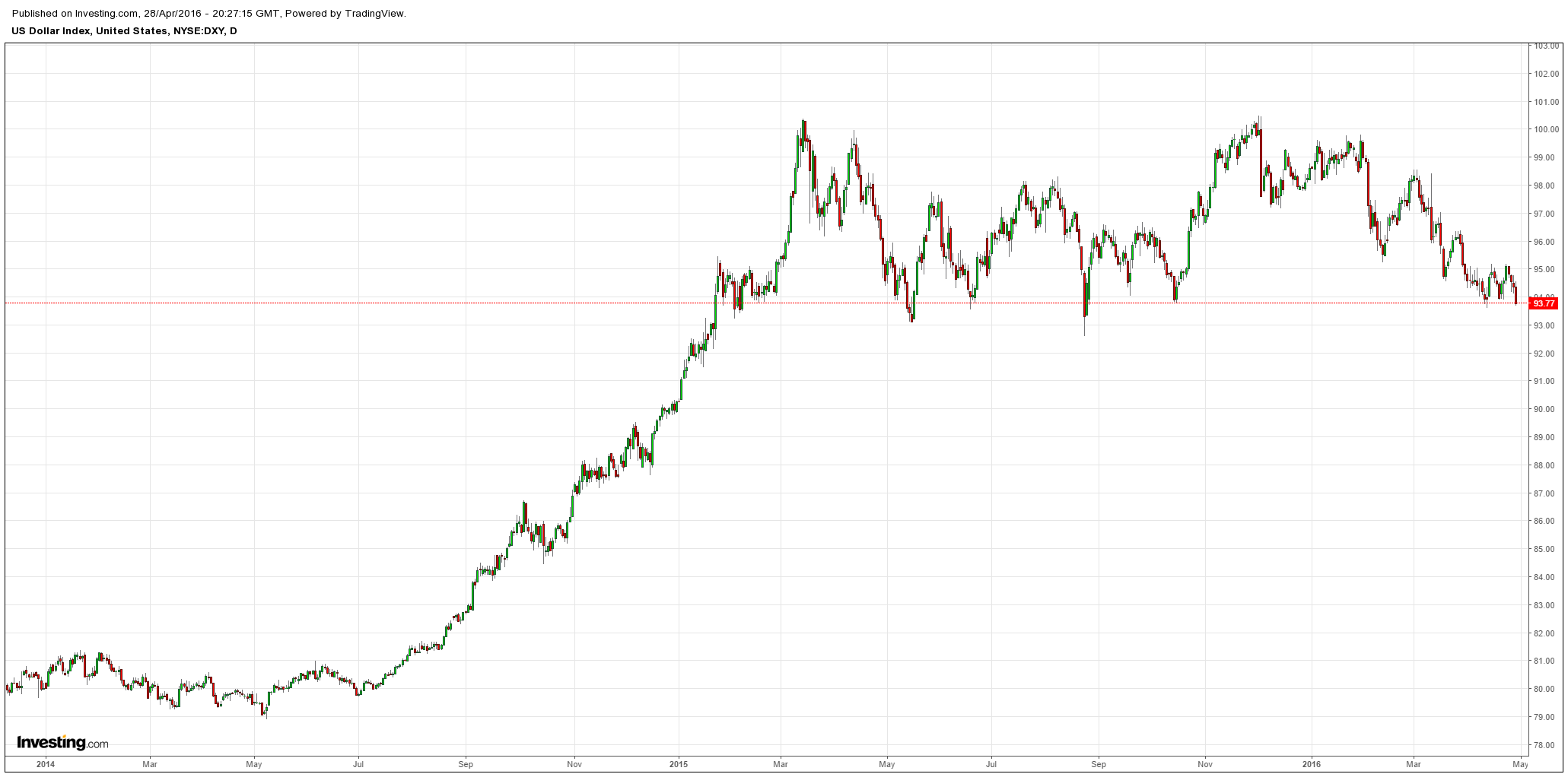
And strengthened the yen:
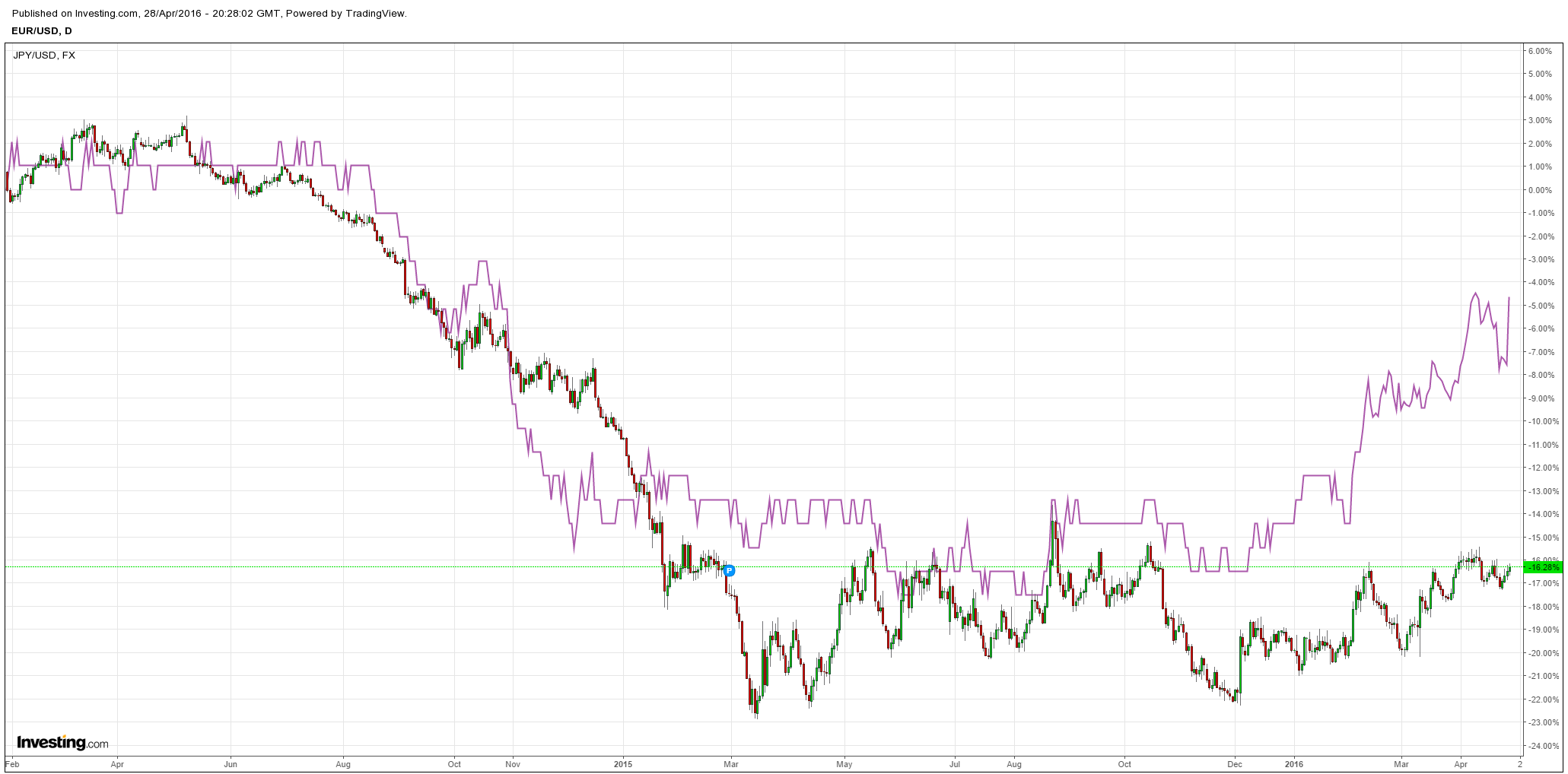
Commodity currencies were all stronger:
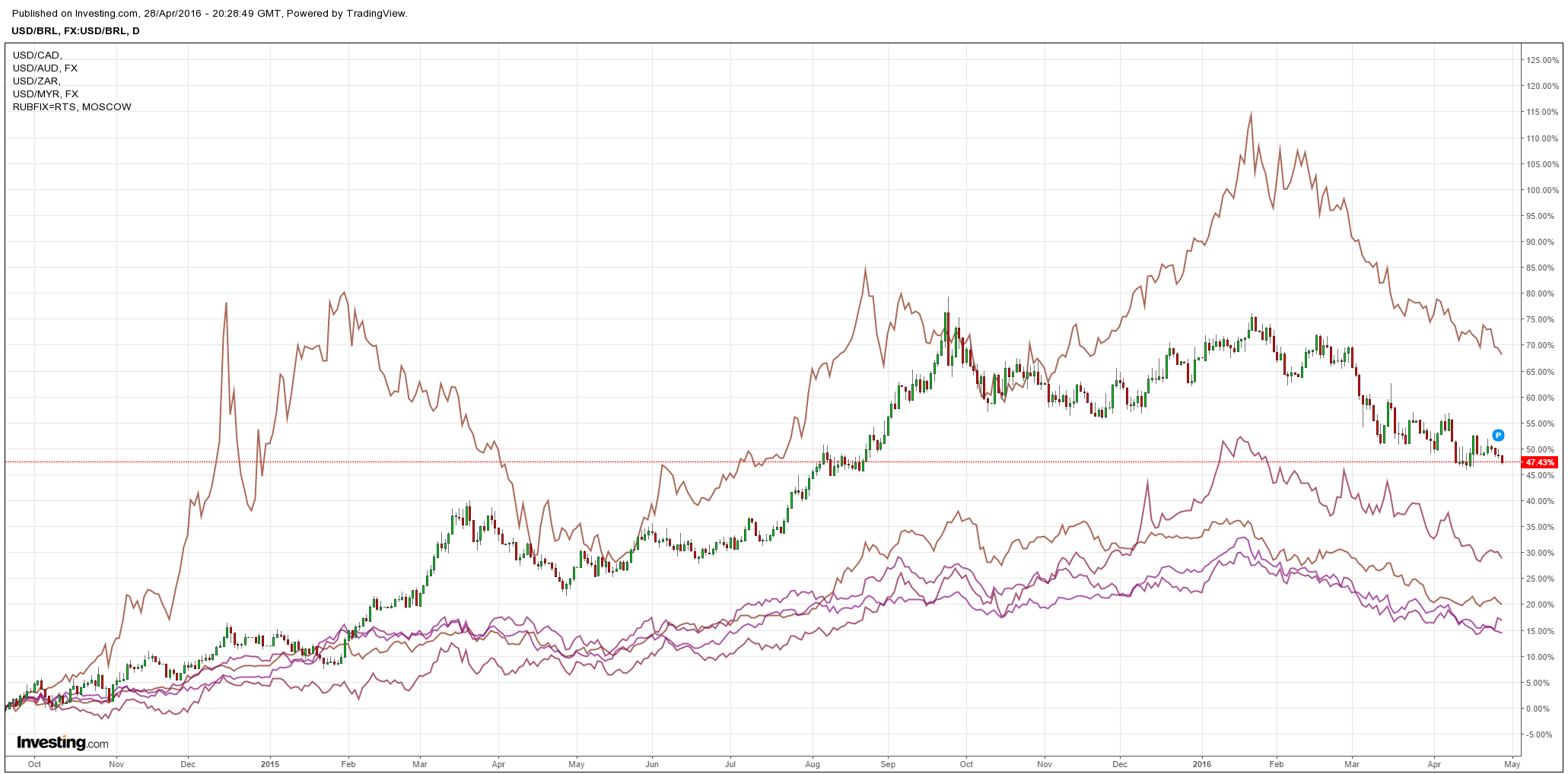
And oil marched on:
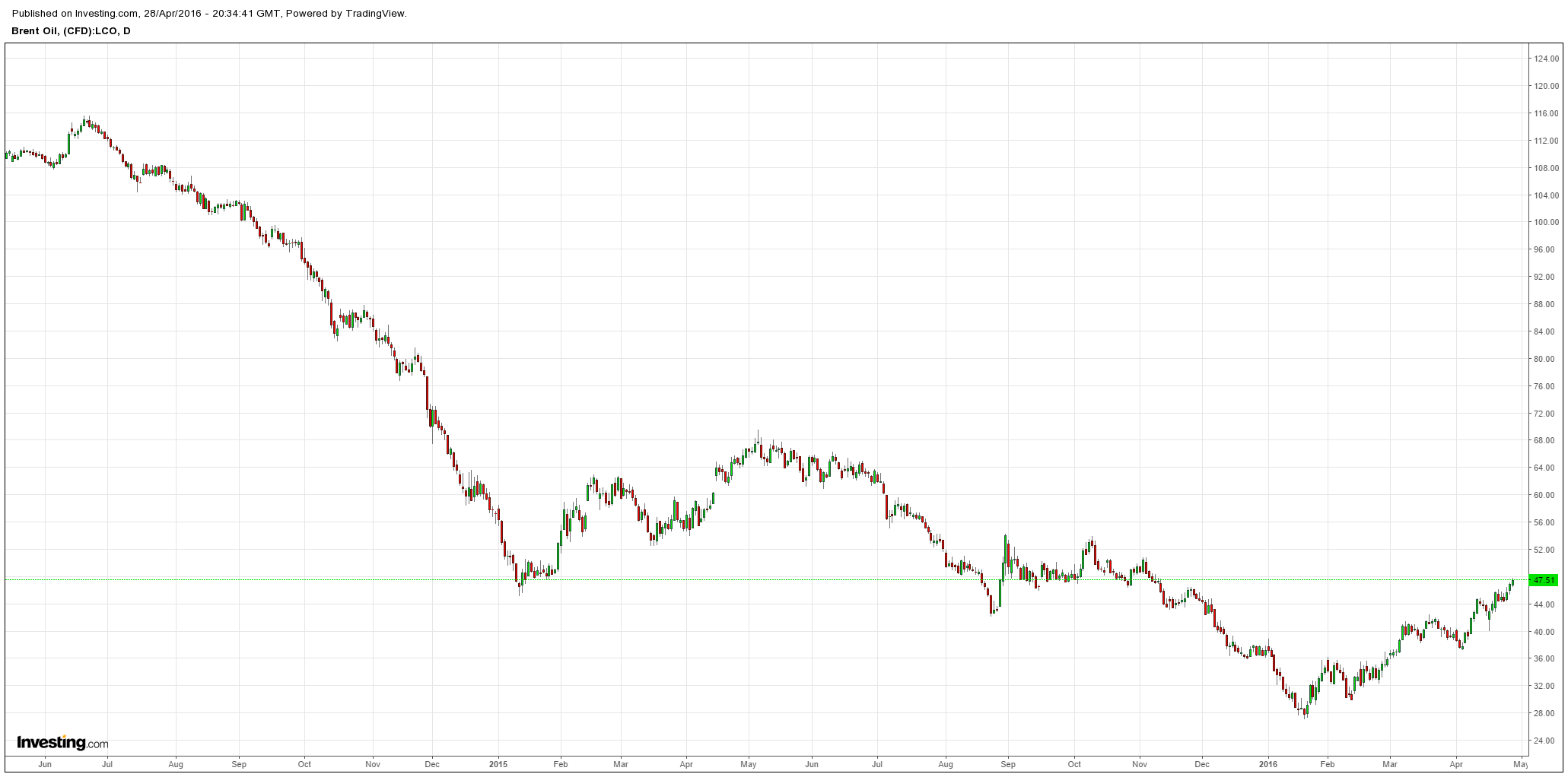
Base metals yawned though:
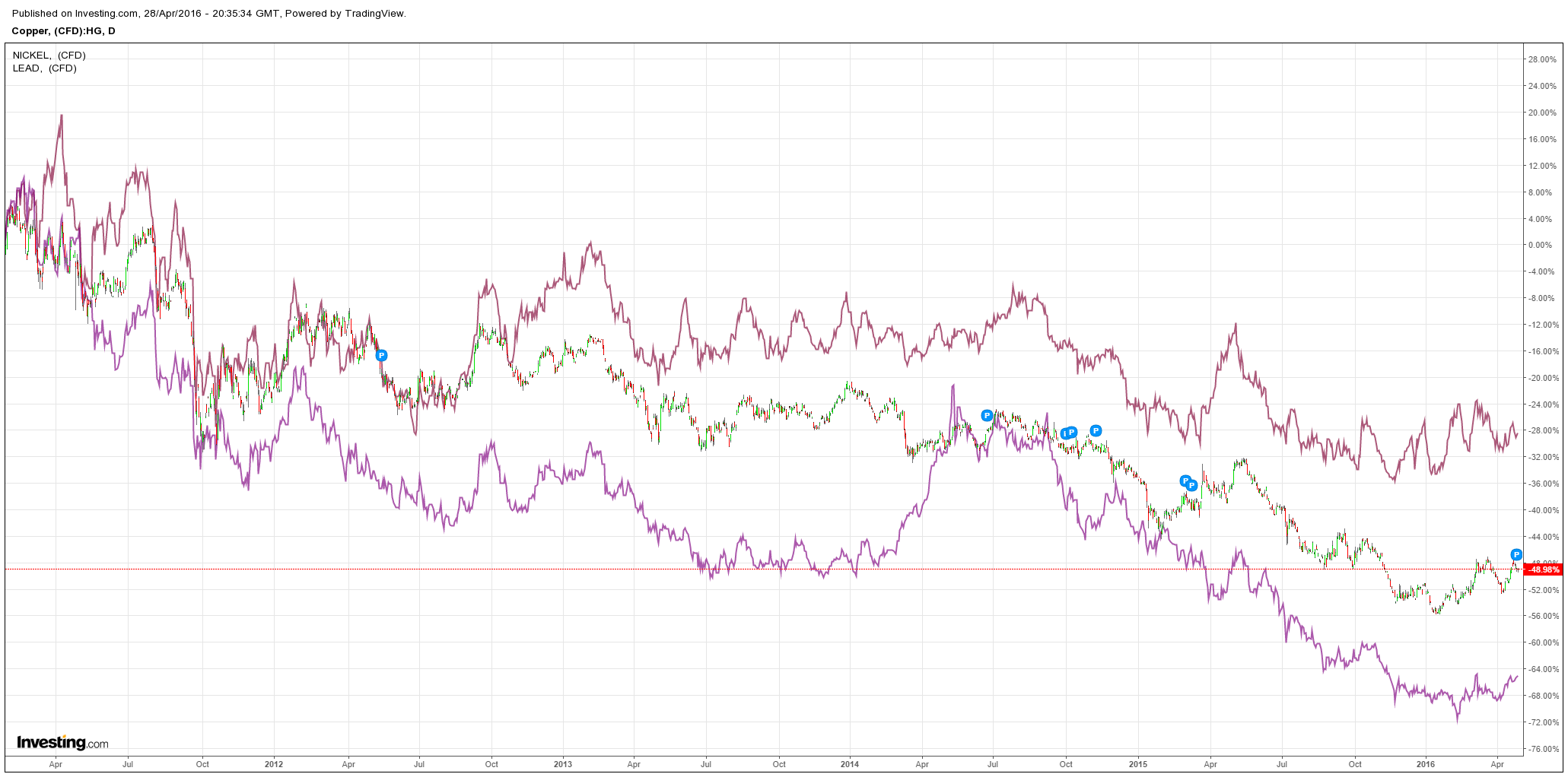
Miners firmed:
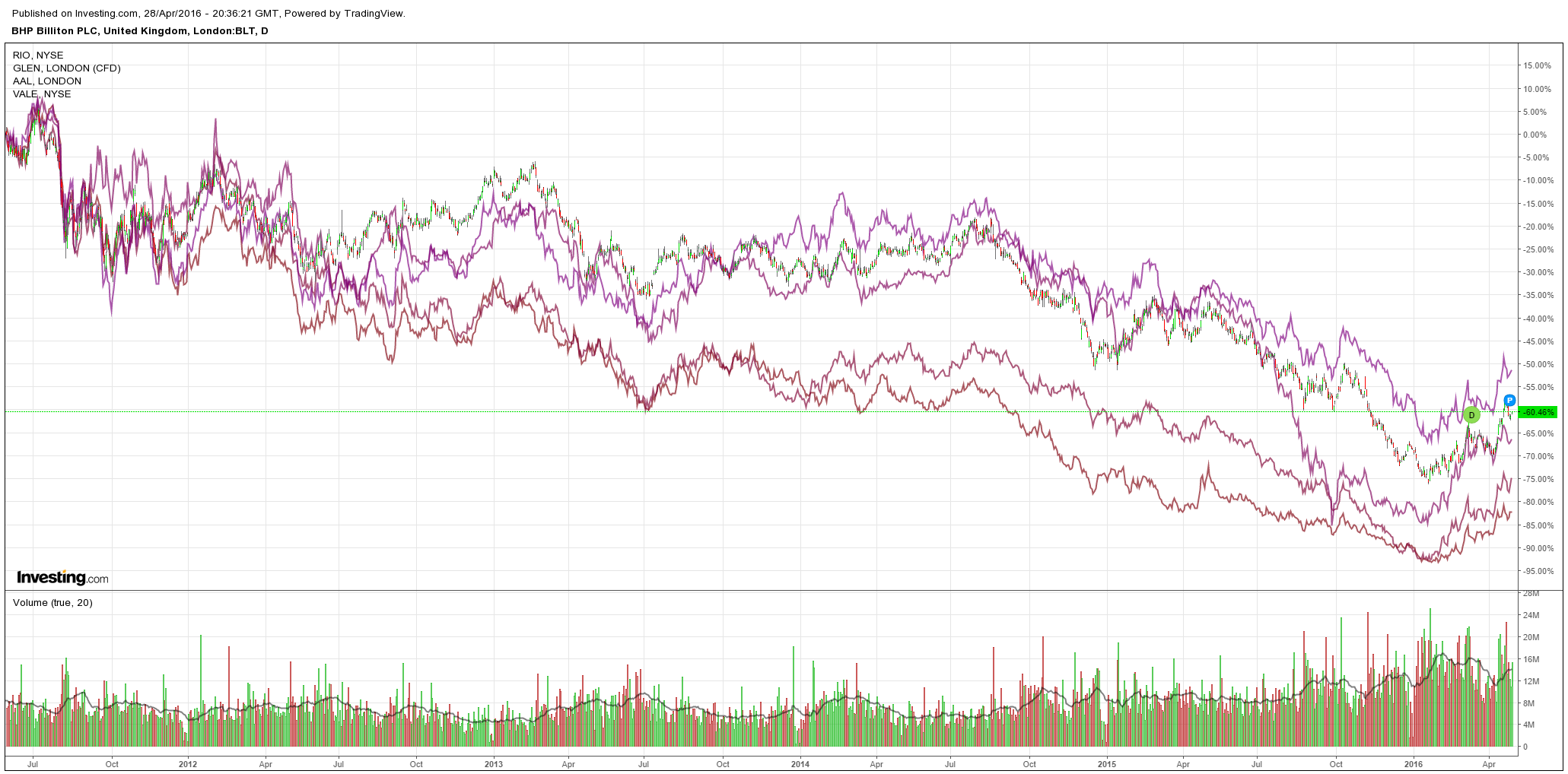
As did US and EM high yield debt which is approaching a point of recovery where oil investment is going to loosen up:
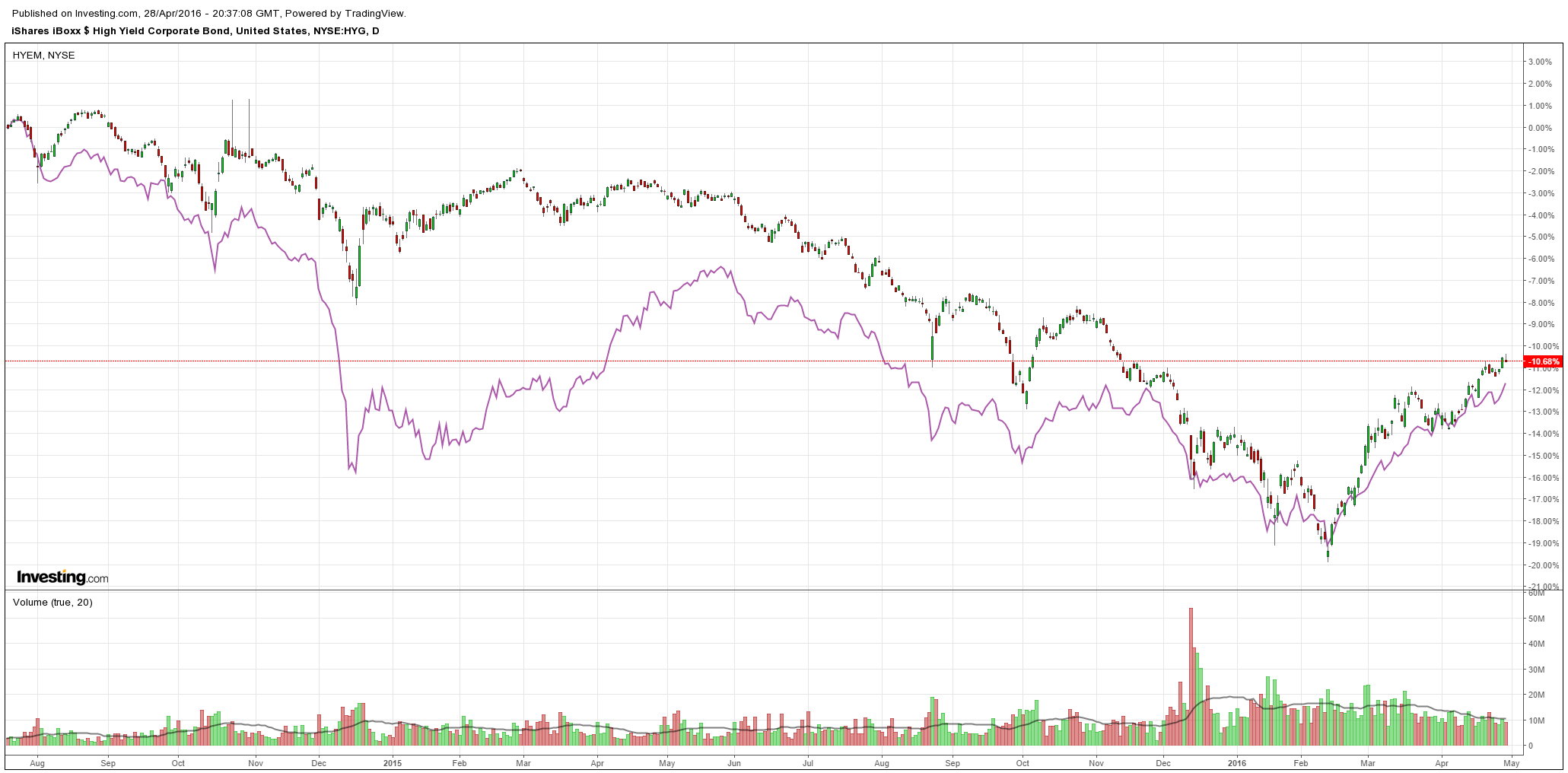
So, is the BOJ done? In your dreams! From Nomura:
The recent recovery in Japanese equity prices and USD/JPY likely encouraged the BOJ to stay on the sidelines for now to evaluate the efficacy of its negative rate policy. In addition, the Bank may judge that a June or later timing of easing would be better, as Japan is going to host the G7 summit meeting in May.In December, the BOJ tweaked its policy slightly (such as maturity extension of JGB purchase operation, a collateral rule change and small ETF purchases to offset the start of existing equity portfolio liquidation), which would not help market sentiment. Governor Kuroda may view an announcement on the rate cut on the loan support programme only, without QQE expansion and IOER cut, as an incremental step, which may not be necessary for now, to keep his stance on avoiding an incremental approach. The BOJ also may judge it is better to take more time to introduce a negative rate loan support programme, as the surprising IOER cut decision in January was criticized by banks.
Although the BOJ disappointed market expectations for imminent easing, its lowered inflation forecasts still point to a high possibility of BOJ easing, as early as in the June meeting (15-16 June). Today’s negative market reactions tightened monetary conditions, which will slow inflation momentum further. Expectations for BOJ easing are likely to reemerge into the June meeting, which should limit the downside risks to USD/JPY. An expected fiscal stimulus announcement into the G7 summit in late May (26-27) should also support risk sentiment and Japan’s equity market, which would also be USD/JPY positive.Nonetheless, we see no clear catalysts for JPY weakness from the Japan side in the near future, and USD/JPY should be influenced mainly by global risk sentiment and USD momentum. The Fed left the door open to a June rate hike, but its policy stance will remain data dependant. US data next week will be the near term key driver for USD/JPY, while Japan enters its Golden Week holiday season.
And SocGen::
The BOJ inaction suggests a desire to ignore the market response to January’s move into negative rates, and wait and see the effects of the policy change. That’s not going to diminish the sense that the BOJ is almost out of ammunition, despite falling equities, falling CPI, and soft retail sales data. USD/JPY 107.63, the April low, is the key psychological level to watch. With Japanese investors still buying foreign assets enthusiastically, I really don’t think we’re going back to the pre-Abenomics world of ever-stronger yen and I think we’ll see the other side of USD/JPY 115 in due course – but I’m not brave enough to should ‘Sell Yen!’ from the rooftops just yet, either.
In the end they will have no choice and sooner rather than later. A higher yen is deflation into stocks and tradables:
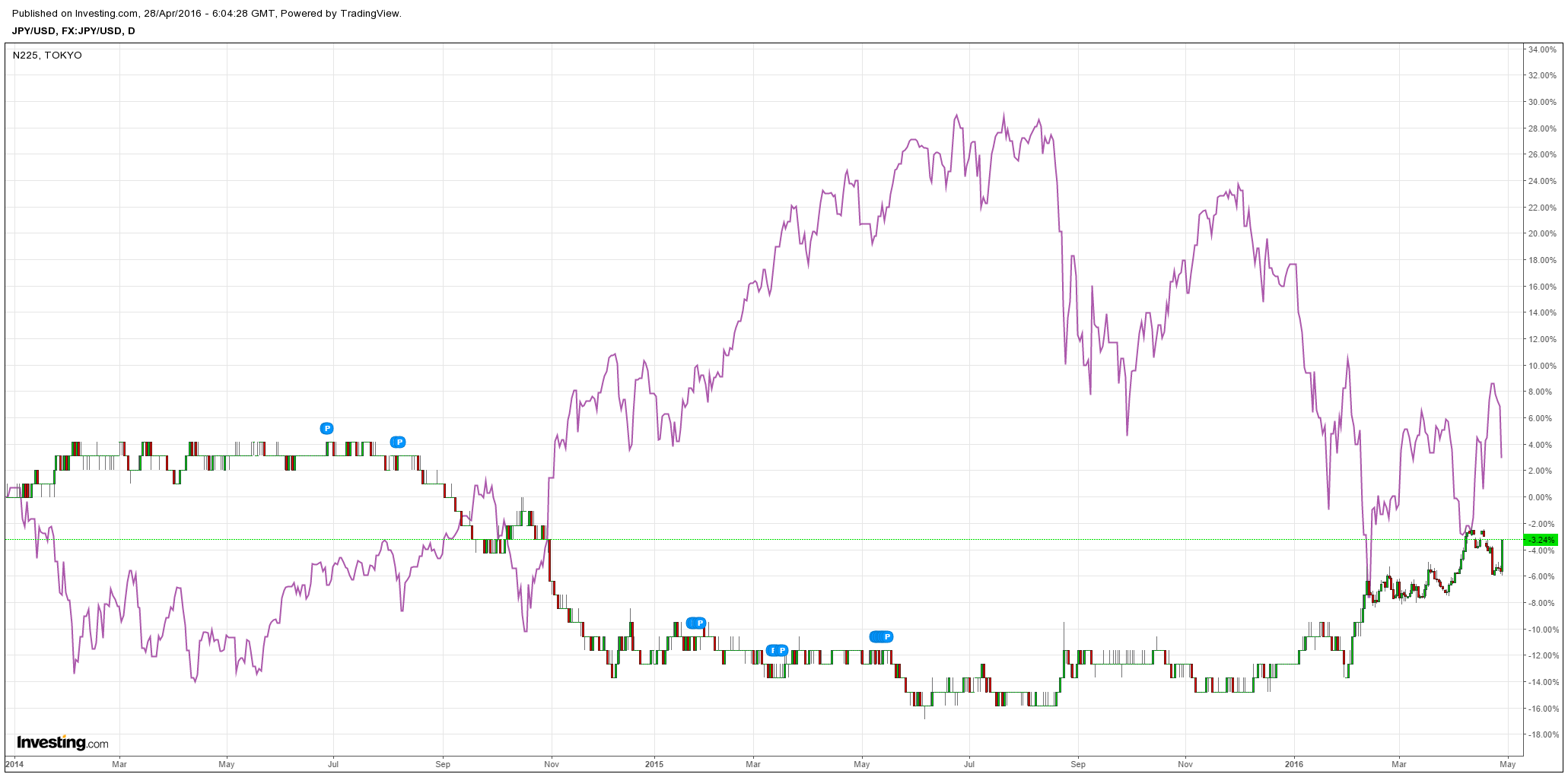
And they can’t afford it:
When the coast is clear, the BOJ will be back.

